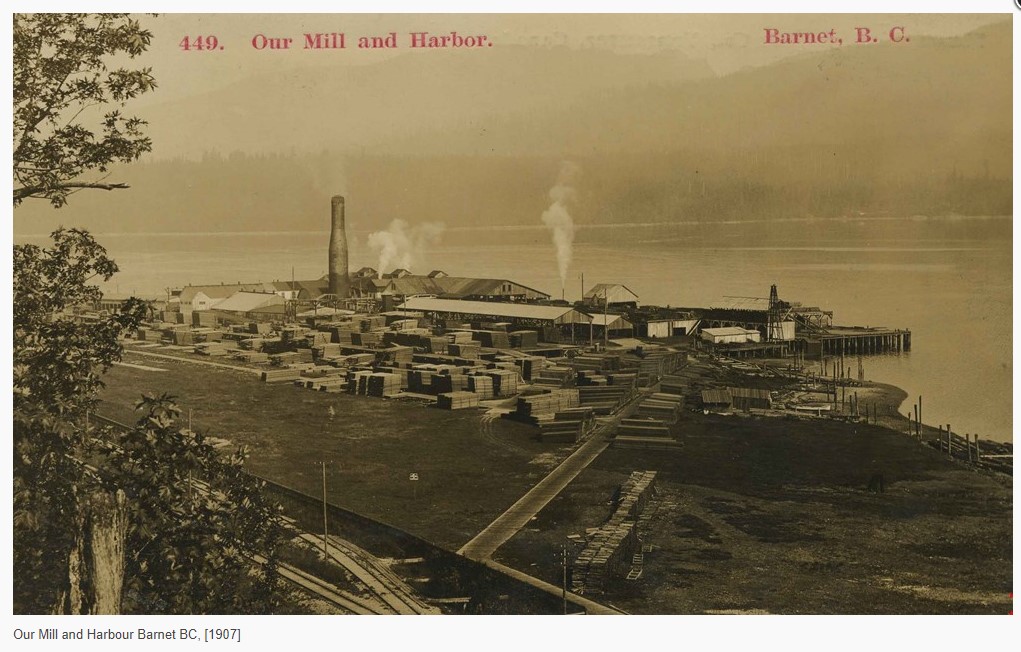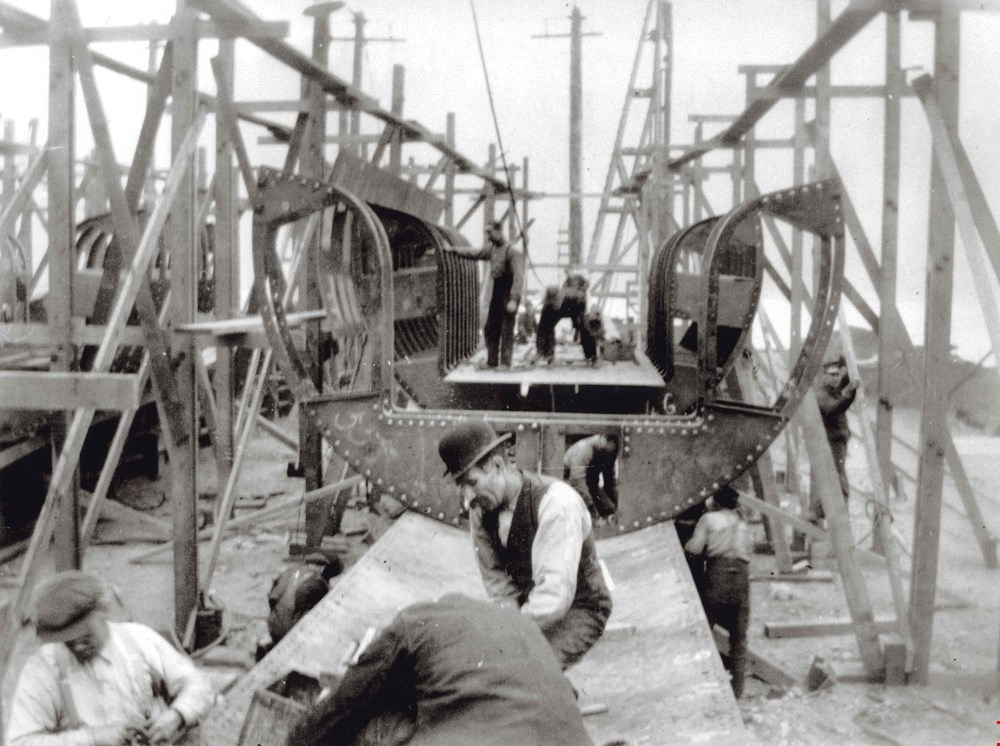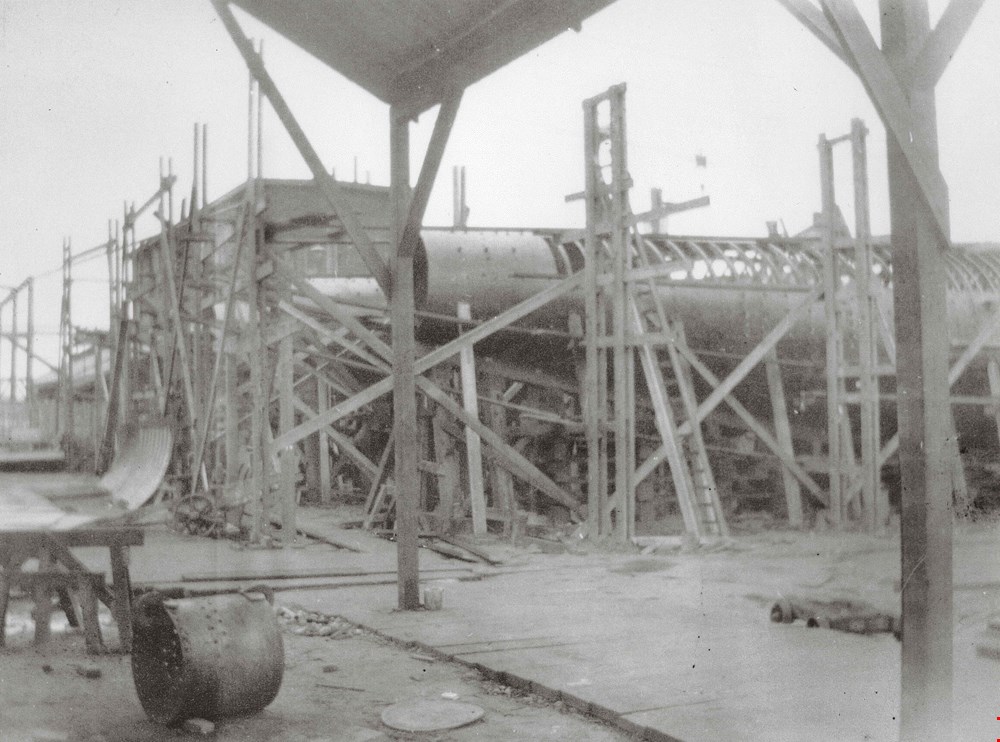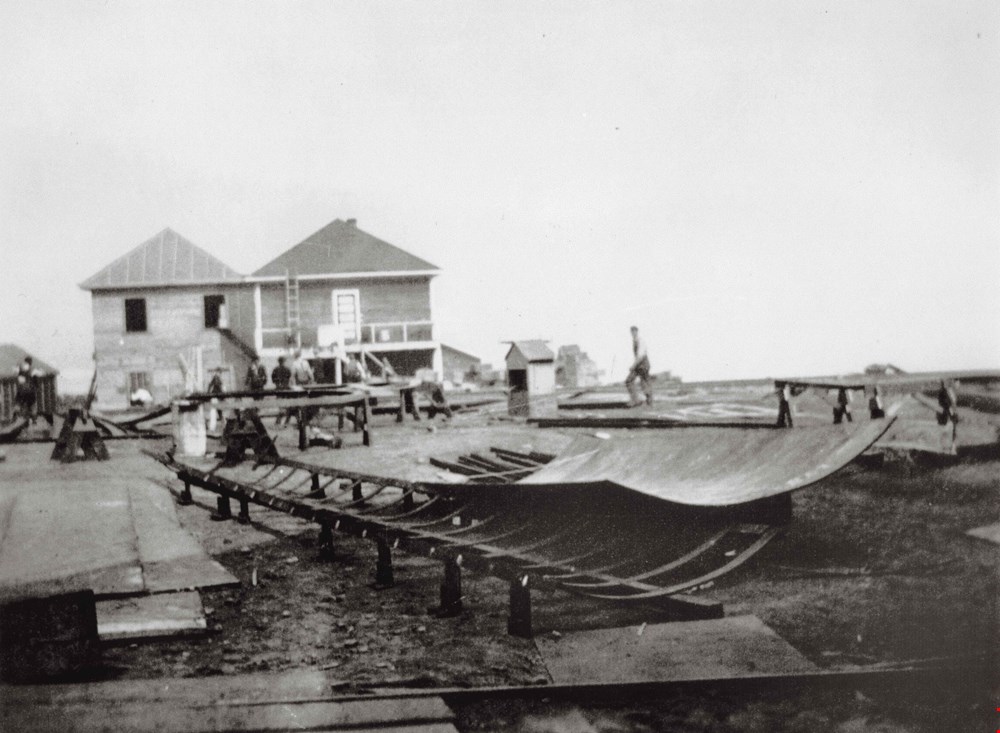In this last episode of season 4, Cold Case Canada, I’ve asked four BC-based storytellers to tell us their favourite murder and haunted building stories.
Francis Rattenbury (1867-1935)

Will Woods, founder of Forbidden Vancouver Walking Tours tells us the story of Francis Rattenbury’s murder, an architect responsible for buildings that include the Parliament Buildings and the Empress Hotel in Victoria and the Law Courts in Vancouver.
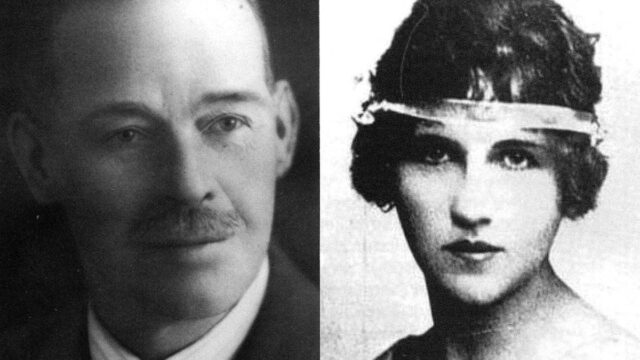
Vancouver Fire Hall no. 19
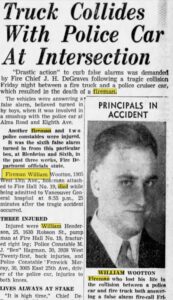
Vancouver Fire Hall No. 19 has been haunted for as long as anyone can remember. Captain Ryan Cameron, who has served 27 years with Vancouver Fire Rescue Services, believes that the ghost is none other than Bill Wootton, a fire fighter who worked out of the original fire hall in 1943 when he was killed on the way to a call. Bill likes to slide down the fire station pole, slam doors in the middle of the night, play ping pong and leave a chill in the stairwell.
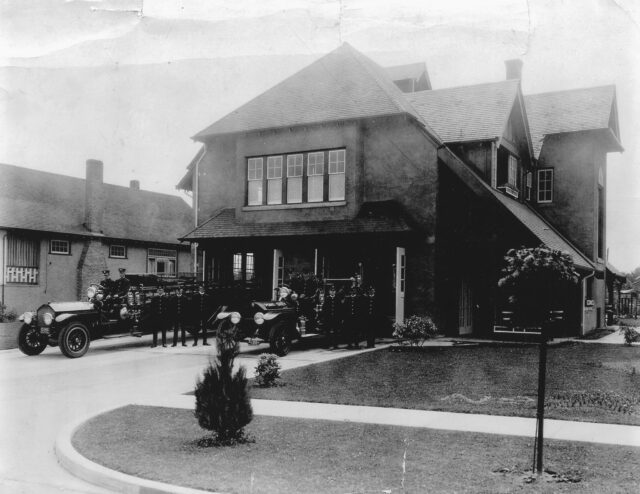
1329 East 12th Avenue, Vancouver
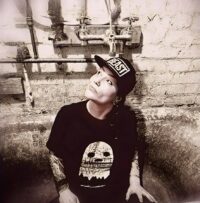
Amanda Quill is a Vancouver-based paranormal investigator who welcomes abnormal activity and has happily lived in several haunted houses over the years. In 2001, she and her son Nathan moved into this East Vancouver house along with a ghost cat, a male in his 30s, and a little girl who appeared to Nathan in a frilly dress.
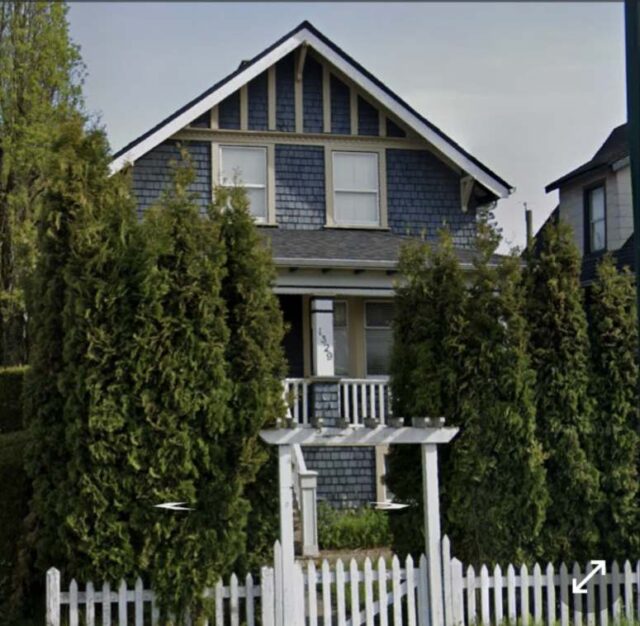
Irving House, New Westminster

In 1990, Jim Wolf was fresh out of university and got his dream job as curatorial assistant at Irving House. Soon after starting at the museum, he met his first ghost. Most recently, Jim was the heritage planner with the City of Burnaby and he has authored several books including The Royal City: A Photographic History of New Westminster, 1858-1960.
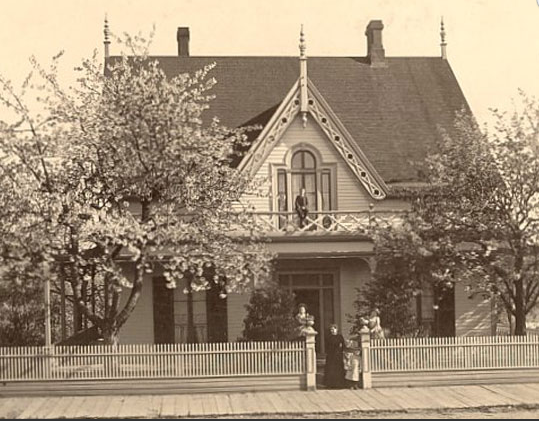
Show Notes:
Sponsors: Forbidden Vancouver Walking Tours and Erin Hakin Jewellery
Intro Music: Andreas Schuld ‘Waiting for You’
Breaks: Nico Vettese, We Talk of Dreams
Intro: Mark Dunn
Buy me a coffee promo: McBride Communications and Media
Related:
- Irving House: A Gothic Ghost Story
- Halloween Special 2022
- Halloween Special 2021
- Halloween Special 2020
© All rights reserved. Unless otherwise indicated, all blog content copyright Eve Lazarus.



